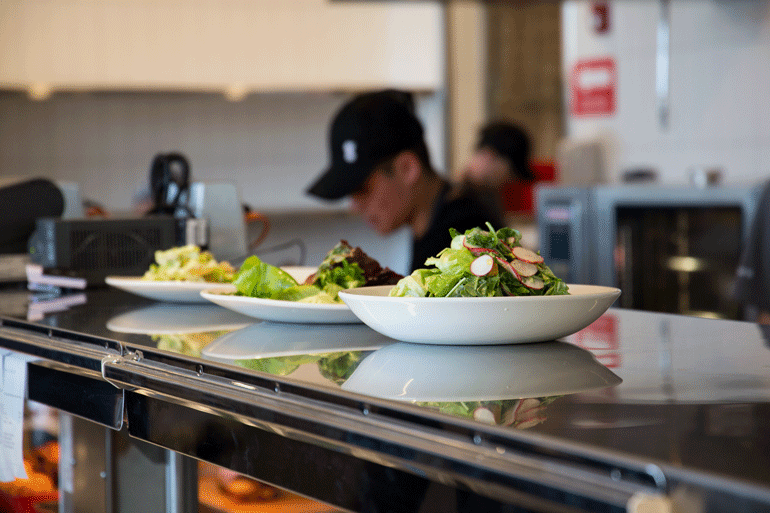 The fast-casual segment is often defined by what it isn’t.
The fast-casual segment is often defined by what it isn’t.
It’s not quick service. It’s not “fast food.” There are higher rings and some booze, but it’s not full service or casual dining either.
Fast casual originally aligned itself with fresh food and Millennials; however, that is no longer enough to distinguish it from the competition.
Most restaurant brands, no matter the segment, have upped their game with fresh food and marketing targeted at Gen Y and Z. Subway bakes its bread on site. Del Taco and El Pollo Loco scratch cook their food. Meanwhile, the first fast-casual chain Chipotle Mexican Grill is still working to overcome the backlash from its food-safety outbreak.
Now that the food market is saturated with more restaurants, supermarkets and c-stores selling meals, differentiation is critical. Over the last few years, the fast-casual segment has grown up a bit — and lost a bit of its shine.
I think this is a good thing. We’re seeing a lot of innovation in that category now, and our senior editor Gloria Dawson recently took a closer look at the next evolution of fast casual.

The food line at Tender Green’s Chestnut Hill, Mass. location.
This new wave of fast-casual players is looking to fine dining for inspiration. As a result, you have a limited-service experience with same swank touches. Plated meals. Gorgeous dishware. Fast service. And in some cases, fine-dining chefs in the kitchen.
“Having a talented chef in each of our kitchens allows us to provide guests with thoughtfully prepared and beautifully executed dishes — just as they would experience at a fine-dining restaurant,” Tender Greens CEO Erik Oberholtzer told NRN.
These new fast-casual players are blurring the lines of the segment. Certainly there is room for fast casual to reflect more than one dining experience.
These concepts, sometimes calling themselves “fast fine” or “fine casual,” are finding ways to bring the fine-dining experience to a broader audience. And that’s something I can get behind.
Contact Jenna Telesca at [email protected]
Follow her on Twitter: @JennaTelesca

